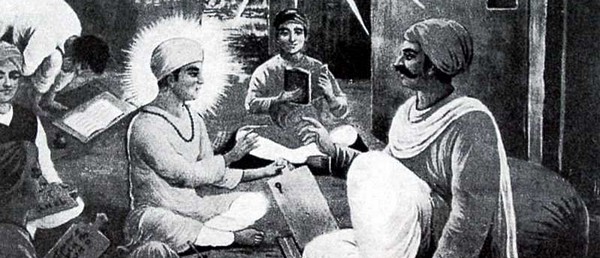
Verse 5 of the Advayataraka Upanishad states,
The syllable gu means shadows (darkness)
The syllable ru, he who disperses them.
Because of his power to disperse darkness
the guru is thus named.
Essentially, a guru is someone who leads the student from the darkness of ignorance into the light of knowledge. Although this characterization is an interpretative definition rather than an etymological definition, it suggests the figurative the emblematic power of the guru—the honored preceptor at the heart of traditional learning in the Indian culture.
The vast body of knowledge in ancient India was oral in nature. The Vedas, the Upanishads, and the other religious texts were imparted for many generations by word of mouth; only later were these ancient texts committed to the written word.
The oral tradition in India necessitated a living representative—the guru—who both personified and transferred the time-honored knowledge. Since the Vedic times, it was typical for a father to impart his scholarship to his son, thus propagating the age-old knowledge via parampara, signifying lineage, progeny, uninterrupted row or series, succession or tradition.
The principal elements of the oral tradition in India are:
- the guru (the teacher)
- the shishya (the student)
- the parampara, the conduit of knowledge in which the guru and the shishya discrete participants in a tradition which extends across generations.
Oral traditions for imparting knowledge are still in vogue in India today. Unsurprisingly, particular sciences and arts lend themselves such diffusion through direct contact between the teacher and taught. Ayurveda, the ancient system of medicine, is still taught through traditional teaching methods. Ancient Indian legends, fables, and myths come vividly to life grandchildren hear their grandparents recount them. By the same token, drama, theater, dance, and classical music depend on the ability of the masters to nurture these arts in the subsequent generations.



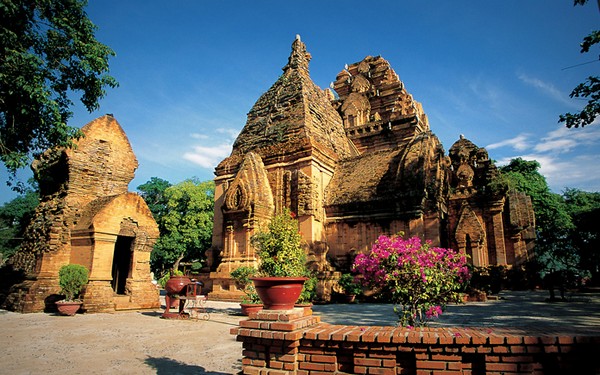
 Capital:
Capital:  Time Travel: A trip to
Time Travel: A trip to  Easy Riders: Go back to a simpler time with a visit to
Easy Riders: Go back to a simpler time with a visit to  Market Days: Get a taste of modern-day Vietnamese life with a cruise down the River Mekong to the
Market Days: Get a taste of modern-day Vietnamese life with a cruise down the River Mekong to the  A Flash of Color: Once the home of Vietnamese prisoners, the pristine beauty of the
A Flash of Color: Once the home of Vietnamese prisoners, the pristine beauty of the  Tunnel Vision: No matter how much you may have read about it, nothing prepares you for the maze of tunnels that run under
Tunnel Vision: No matter how much you may have read about it, nothing prepares you for the maze of tunnels that run under  Hue Calling: Once the capital of the
Hue Calling: Once the capital of the  Lessons Learned: For an introduction to Vietnam’s history, a visit to the
Lessons Learned: For an introduction to Vietnam’s history, a visit to the  Water Ways: While you are in Hanoi, go for a
Water Ways: While you are in Hanoi, go for a  Meat Feast:
Meat Feast:  Dune Deal: Look out across the desert-like horizon and you will wonder if you are in the Sahara. The
Dune Deal: Look out across the desert-like horizon and you will wonder if you are in the Sahara. The 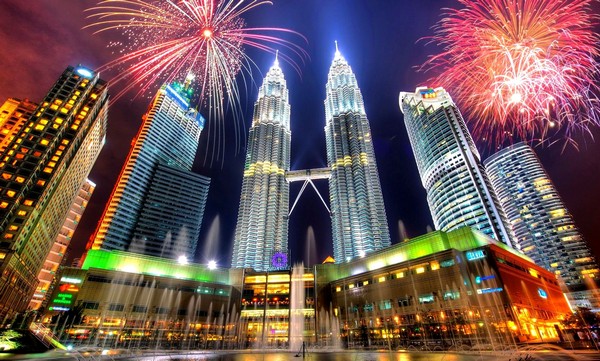
 Capital:
Capital:  Luxury in Langkawi: If you are looking for a lazy, luxuriant vacation with lots of sun, sea and sand, head to
Luxury in Langkawi: If you are looking for a lazy, luxuriant vacation with lots of sun, sea and sand, head to  Hippie Hideaway: Lying off the northeast coast of peninsular Malaysia,
Hippie Hideaway: Lying off the northeast coast of peninsular Malaysia,  Picture-perfect Tioman: Used as a backdrop in the
Picture-perfect Tioman: Used as a backdrop in the  Place to Indulge: A little indulgence is in order on every holiday and you cannot get better than
Place to Indulge: A little indulgence is in order on every holiday and you cannot get better than  Underwater Art: Rising 600 meters from the seabed and formed by living corals growing on an extinct volcano over thousands of years,
Underwater Art: Rising 600 meters from the seabed and formed by living corals growing on an extinct volcano over thousands of years,  Food & Fusion in Penang: A unique mixture of east and west and deliciously flavorful cuisine makes
Food & Fusion in Penang: A unique mixture of east and west and deliciously flavorful cuisine makes  White Sands: Forming a marine park of nine islands off the eastern peninsular Malaysian state of
White Sands: Forming a marine park of nine islands off the eastern peninsular Malaysian state of  Island Getaway: If you are looking for a few days away from the cities,
Island Getaway: If you are looking for a few days away from the cities,  No Kidding About: Give your little ones (and yourself) a special treat and pencil in some time for the very cool Legoland that is opened in Johor. Your day will go by before you know it! The resort opened on 15-Sep-2012 with over 40 interactive rides, shows and attractions.
No Kidding About: Give your little ones (and yourself) a special treat and pencil in some time for the very cool Legoland that is opened in Johor. Your day will go by before you know it! The resort opened on 15-Sep-2012 with over 40 interactive rides, shows and attractions. Going Sour: A sour fish soup,
Going Sour: A sour fish soup, 

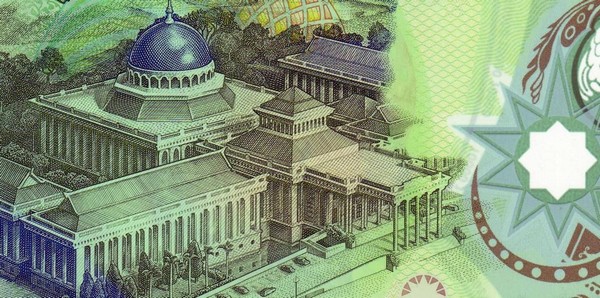
 Capital:
Capital:  Heavenly Beauty: With a dome made of pure gold, imported marble from Italy and a man-made lagoon, the
Heavenly Beauty: With a dome made of pure gold, imported marble from Italy and a man-made lagoon, the  Dive Right In: Some of the best diving sites in the world are located off
Dive Right In: Some of the best diving sites in the world are located off 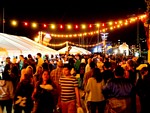 Midnight Feast: You are on holiday; you should be able to eat anytime you feel like it. Indulge those annoying nighttime hunger pangs at the
Midnight Feast: You are on holiday; you should be able to eat anytime you feel like it. Indulge those annoying nighttime hunger pangs at the 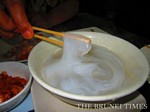 Eat What?:
Eat What?: 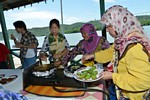 Get Bucolic: Go back in time and discover the roots of Brunei, its time-honored traditions and rituals showcased through a homestay in a Bruneian village. The residents of
Get Bucolic: Go back in time and discover the roots of Brunei, its time-honored traditions and rituals showcased through a homestay in a Bruneian village. The residents of 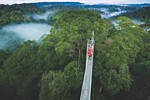 Early Bird: Get yourself out of bed early for a sunrise safari through the
Early Bird: Get yourself out of bed early for a sunrise safari through the 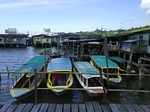 Life on the Water at Kampong Ayer: The pulse of Brunei’s capital, Bandar Seri Begawan,
Life on the Water at Kampong Ayer: The pulse of Brunei’s capital, Bandar Seri Begawan,  Wealth of Art: The
Wealth of Art: The 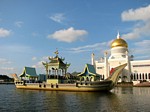 Meet the Royals: The end of Ramadan heralds the festival of
Meet the Royals: The end of Ramadan heralds the festival of  Live among the Stars: The
Live among the Stars: The .jpg)
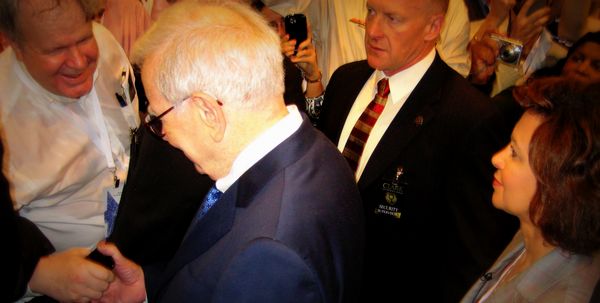




.jpg)
.jpg)
.jpg)
.jpg)